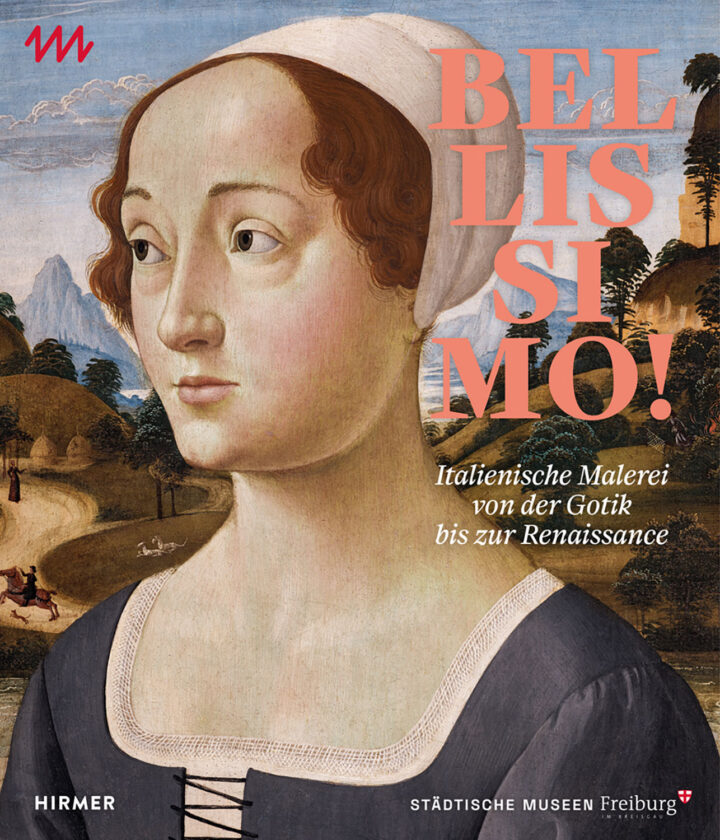Piero Fornasetti was an Italian painter, sculptor, craftsman and interior designer who lived from 1913 to 1988. He was one of the most original and creative personalities of the 20th century Italian art scene, distinguished by his eclectic style and inexhaustible imagination.
Fornasetti began his artistic training at the Accademia di Belle Arti di Brera in Milan, where he received a scholarship in 1930. He studied painting for two years, but was expelled from the school for insubordination. He continued his studies self-taught and devoted himself to printmaking, which became his preferred medium.
Fornasetti worked with various techniques such as lithography, etching, woodcut and silkscreen. He created more than 13,000 works, which he produced in series but in limited editions. His motifs were varied and included architecture, nature, music, history, literature and astrology.
One of his most famous subjects was the face of a woman, which he depicted in countless variations. It was the face of the opera singer Lina Cavalieri, whom he discovered on an old magazine and who fascinated him. He called her “the classic beauty” and used her portrait for plates, vases, boxes, candlesticks and other objects.
Fornasetti was not only a graphic artist, but also an innovative designer and decorator. He designed furniture, lamps, carpets, wallpapers and textiles with his characteristic patterns and colors. He also worked on various interior design projects together with the architect Gio Ponti, with whom he had a long friendship and collaboration.
Among its most famous works are the furnishings of the Sanremo Casino (1950), the decoration of the luxury ship Andrea Doria (1952) and the design of the Room of the Sun in the Palazzo del Bo in Padua (1957). Fornasetti was also a passionate collector of art and antiques, which he exhibited in his studio in Milan.
Fornasetti died in 1988 in his hometown of Milan. His son Barnaba Fornasetti continued his work and in 1992 founded the company Fornasetti Milano, which continues to produce and sell objects with his father’s original motifs. Piero Fornasetti’s art is now appreciated worldwide and exhibited in museums and galleries.

